The Mirror Talks Back
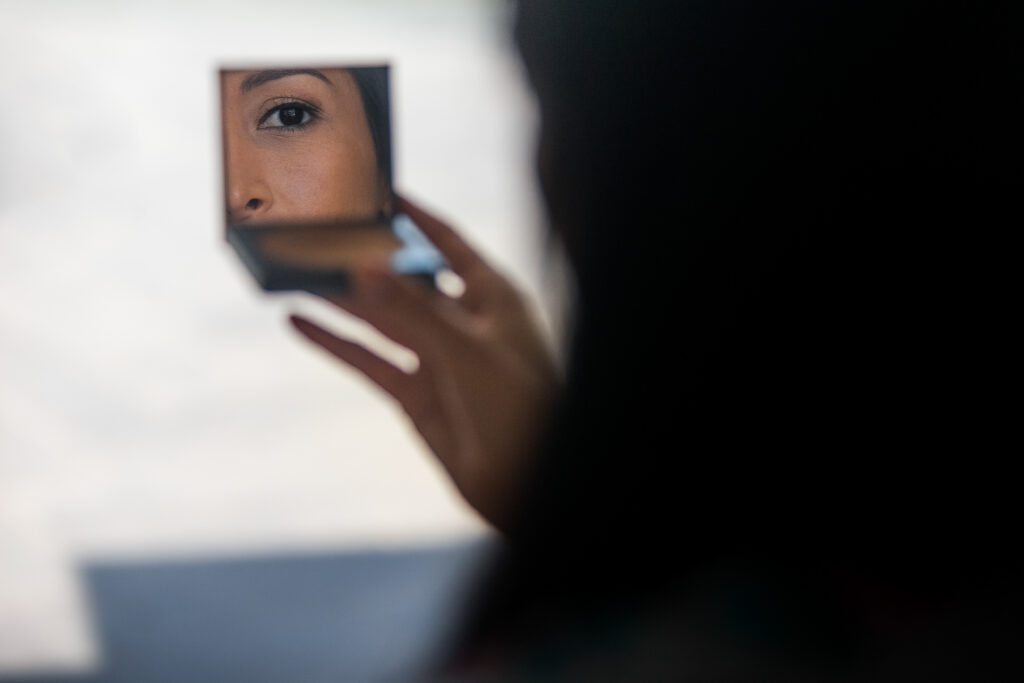
What we do every day counts! How many times have you heard this phrase? I’ve seen and heard it countless times, but I never truly understood its essence. It’s essentially telling us that our daily routine sets the foundation for how our body and mind respond. From the personal hygiene rituals in the morning to the bedtime prep, every cell in our body is listening and reacting. The mind that we often refer to and point to in our heads actually exists in every cell of our body. When we look at ourselves in the mirror and experience negative thoughts, our liver cells, stomach cells, and every part of us are listening too. What we tell ourselves doesn’t just circulate in our heads but travels throughout our body, just like blood circulation. After cancer treatments and multiple procedures, I could only see what I had lost: a breast, a limb, my hair, my eyebrows, my clear skin, and my once beautiful body shape. Body image after cancer is not an easy subject to address or navigate alone. During chemo, I gained twenty-five pounds and had a hard time even recognizing myself. Who was that person in the mirror? The facial hair I used to complain about was now gone, and I missed it. My once slim and attractive figure now resembled the Pillsbury Doughboy. The flexible joints that made me look like a ballerina were now stiff and achy, reluctant to move. Going through cancer treatment isn’t for the faint of heart; I get that now. But what does that say about me? It tells me I’m resilient. I’m still here, fighting, taking life one day at a time, and moving forward. If I look back too much, I might shatter. It’s hard to believe what I’ve endured. If someone had told me that weekly chemo and endless blood tests would become my norm, I’d have wanted to give up before even starting. But what I didn’t realize was just how much I wanted to live. I want to see my children grow up, witness their successes, and live a healthier life myself. Not that I was unhealthy before, but there’s always room for improvement. Maybe I can adjust my thinking, declutter my home to create space to breathe or react to life with more calmness. These are small changes, but they can make a big difference. It’s hard to motivate myself to move after what my body has been through. Asking it to get up and walk daily feels like asking the impossible. If my body could talk, it would probably say, “Are you kidding me? You want me to do what now?” I get it. It’s easier to stay on the couch and binge-watch Netflix. It’s easier to avoid cleaning the kitchen or taking a shower. But as tempting as it is to stay in that comfort zone, I know I still have today—and today is an opportunity. So, I get up slowly and savor my morning drink. I take a quick shower, enjoying the massage I’m giving my tired skin. When the sun is out, I put on my walking shoes and hat, grab my walker, and head outside for a stroll. The fresh air and changing seasons remind me of life’s constant evolution. If the trees can let go of their leaves and wait for new ones, why can’t I embrace change too? My curly hair may not return, but maybe I can experiment with straight hair. My slim figure might not be back yet, but my walks might help me shed some pounds and regain strength. My missing breast will always be a loss, but there are ways to feel semi-normal on the surface. How I feel within, however, will take time to heal. I’ve decided to focus on small improvements. Progress isn’t always linear; sometimes, it’s two steps forward and one step back. But that’s okay. My goal is to live each day with better habits and a more positive mindset. One thing I’m certain of is that blaming my body or myself for my cancer isn’t the way to go. Instead, I’m replacing negative and fearful thoughts with encouraging words before they spread through my body. My daily routine matters more than ever, and what I do every day counts tremendously in shaping my health and happiness. So, what are you waiting for? Ask yourself: what change could make the most difference in your life right now? Start small, and let each step lead you closer to healing and hope. Namaste, Shab
Can Learning “YES AND” Help with Saying “No”?

The Answer is YES! Learning how to say “No” requires self-awareness and confidence. These are emotional intelligence competencies that help us to set limits, compromise, delegate tasks, and at times, say “No”. They are super important for healthcare professionals as well as patients and families to have to ensure the safest, most compassionate, and patient-centered care. Surprisingly, a “YES AND” mindset adapted from the world of applied improvisation, theatre education, and medical improv can be used to develop and practice such competencies. Consider two conversations: Person 1: There is a cow in my kitchen. Person 2: Yes, there is a cow in your kitchen. Or Person 1: There is a cow in my kitchen. Person 2: Yes, and that cow is speaking French. In the first conversation, Person 2 is validating Person 1 and following a say ‘YES’ philosophy. Such listening is one-way Medical Improv can help healthcare professionals, leaders, and teams. The second conversation reveals how valuable the learning potential of the ‘AND’ is. To appreciate this, ask yourself what you might say using “YES AND”. Also, consider how you might feel to add to this or some other unexpected statement on the spot! Image by Leopictures from Pixabay The “AND” of “YES AND” Truthfully, I can feel a little anxious when called upon to add something to an improv story. A little bit of a fight, flight, or freeze response is going on. Yet, practicing improv has helped me to trust my ability to move through the stress response, access creativity, and share an idea. YES, AND that cow is making pancakes! YES, AND this is a great way to make sure we have fresh milk! YES, AND there is an old farmer looking at it through your window! In an improv scene, this is much more interesting and fun to watch than me saying, “I don’t see any cow.” More importantly from a learning process, when I add an idea, I’m developing and practicing essential expressive skills and competencies like self-awareness, confidence, and speaking up. What might you say as Person 2 in the second conversation? “YES AND” & “NO”! One of the biggest myths Medical Improv, is that we are teaching people to agree on everything. It certainly can look that way when we are accepting ideas that aren’t true. However, adding to stories (the AND) nudges us to develop self-awareness, confidence, and assertiveness. It is in this space where we grow the skills and competencies necessary for developing healthy boundaries, setting limits, delegating tasks, and when necessary, saying “No”!
What Type of Meditation is Best for You?
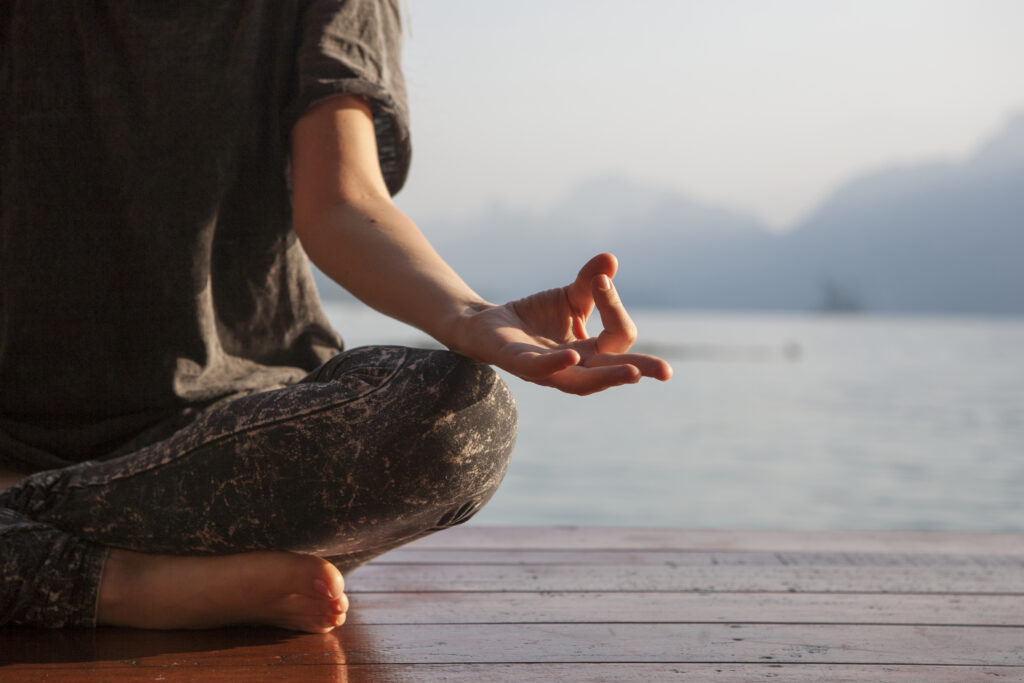
As you may know, there are various types of meditation to choose from. Among them, guided meditation is one of the most popular and widely practiced techniques. In guided meditation, someone reads a script for you to imagine and follow, helping you create a vivid mental picture. Mindfulness meditation, on the other hand, involves paying attention to your thoughts, and feelings, or simply observing objects around you without judgment. Spiritual meditation varies depending on your spiritual traditions and may include practices like prayers, whirling (as in Sufi traditions), or seeking a deeper connection to a higher power. These are just a few examples of the many meditation techniques available. If you are new to meditation or simply want to quiet your mind, you may wonder: How do I know which type of meditation is best for me? Guided Meditation: A Beginner-Friendly Option Guided meditation is often the easiest technique for beginners. It engages your imagination to calm your body and mind. Although it’s simple to follow, guided meditation is a powerful tool for developing focus. As you visualize scenarios or images, you engage your senses and influence your body’s physical functions. For instance, guided meditation can lower your heart rate, decrease blood pressure, and activate your parasympathetic nervous system—the body’s natural resting and healing state. Exploring the Layers of Your Being It’s important to recognize that you are more than just your physical body. Around your physical body are layers of subtle energy fields, including the Breath body, Emotional body, Intellectual body, and Bliss body. When you meditate, these layers connect, creating a holistic experience. The Breath body, responsible for vital energy and moving energy throughout your system, plays a key role in this connection. Through guided meditation, you may revisit a specific place or moment in your life, transforming negative emotions into positive ones. This shift brings peace and vitality to your entire being. Healing occurs when you release the need to control and allow yourself to open up to new imagery, find solutions, or gain clarity about challenges you face. A Case Study: Meditation as a Healing Tool Guided meditation can extend beyond simple visualization. It can help you process and transform deep-seated emotions tied to past events. Let me share a powerful example: In 2018, I worked with a young client diagnosed with cancer. Her tumor was large and understandably caused significant fear. We began by teaching her how to use her breath to calm her mind and thoughts. Once she was comfortable with this practice, we progressed to visualizing the tumor in her body. Rather than fearing the tumor, she learned to connect with it. Through meditation, she stopped seeing the tumor as an enemy and instead embraced it as part of her body. The meditation sessions focused on calm breathing, communicating with the tumor, and visualizing it shrinking bit by bit. She practiced this daily, both with me and on her own. Over time, her fear of the tumor and of dying diminished significantly. She reclaimed her power, leaving the tumor energetically powerless. While she continued with her conventional treatments, including chemotherapy, she also maintained her meditation practice. After six months, her PET scan revealed that the tumor had shrunk so much it was no longer detectable. Today, she is cancer-free and thriving as an artist in Northern California. She continues to practice meditation and embraces holistic approaches to support her well-being. The Power of Your Mind This story illustrates the immense power of the mind. When you decide to harness this power for your benefit, you unlock your potential and discover just how capable you truly are. Namaste, Shab
Why is Yoga so important?
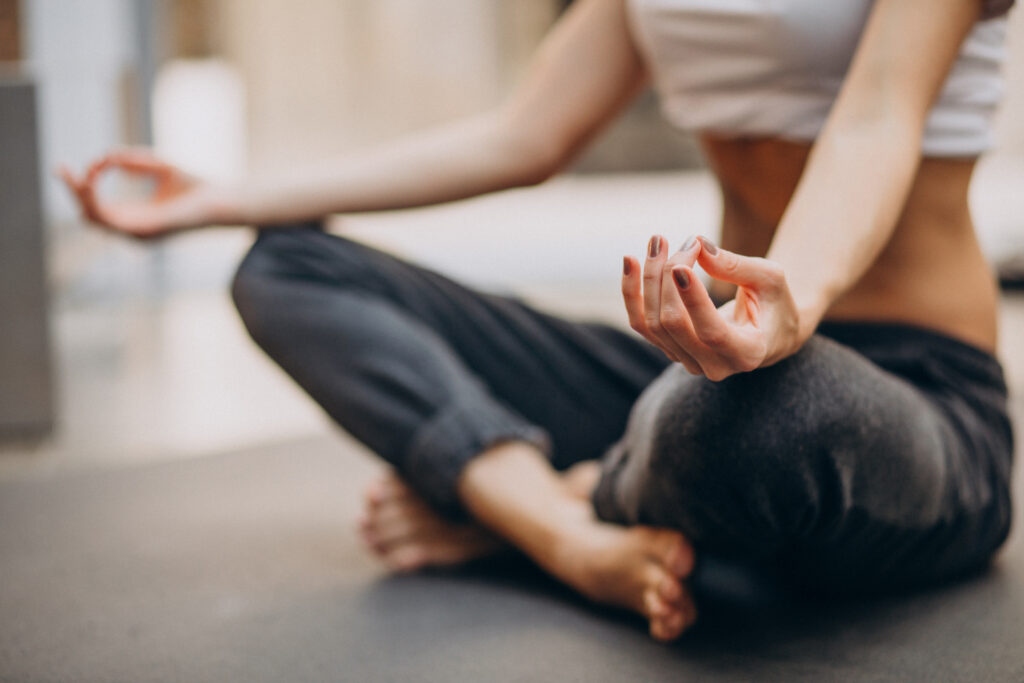
We all encounter yoga practices in different shapes and forms. Some of us look into yoga to get in better shape, while others incorporate it into their spiritual practices through yoga asanas. For me, yoga became a way to breathe better and relax my mind. A relaxed mind leads to a relaxed body! Or, as my guru would say: “Flexible body, flexible mind.” How true it is! When we move our physical body, our nervous system flows along with the rhythm, creating harmony. Our bodies are constantly changing, either growing or decaying every minute of the day. If we don’t move our bodies, they begin to show signs of inflexibility, stiffness, and calcifications. An active body circulates oxygen more effectively in all areas, reducing premature aging. When we take a yoga class, we not only calm the body by focusing on our breath, but each movement builds strength in specific areas. Some of the preventive benefits of yoga include strengthening the body, preventing injuries, healing naturally, stabilizing our mood, overcoming illnesses, and enhancing overall health. The word “yoga” itself means union. This union represents the wholeness we feel with our physical body and mind, brought together through our breath. This harmonious union provides essential healing that everyone needs. Whether we practice yoga daily or twice a week, we give ourselves a chance to address physical and emotional challenges that may not be immediately visible. Often, issues are resolved before they escalate. Finding the right type of yoga class for your body and age can be a tricky task. Depending on your body’s limitations, if any, you should include movements that involve stretching, lengthening, contracting, and expanding your muscles and bones. Twisting your body helps with detoxification and massages internal organs, while faster-paced movements increase your heart rate and improve circulation. Yoga asanas typically include all these movements in one session. The pace at which you move your body is entirely up to you. As my teacher used to say: “You are creating your class; I am just guiding you.” This means that when we attend a class, we can decide how hard we want to work that day. No one should push us to do more than our bodies are ready for. Some medical benefits of yoga asanas include better lymphatic drainage, stronger bones, enhanced bodily functions, and improved blood and lymph flow. These benefits contribute to a stronger immune system. By controlling our breath, we gain control over our minds, which in turn influences how we think. Positive thoughts lead to a happier body, and a happier body keeps its cells content, preventing them from overmultiplying and causing illnesses. Our bodies mirror our lifestyle choices. Why not guide them the right way by adding a wholesome practice like yoga to keep us healthier? Yoga is accessible to everyone, even those with physical limitations. True yoga practice is about smooth breathing and learning to calm the mind so the body can move fluidly. The next time fear or hesitation stops you from attending a yoga class, remember that the same mind will change once you start this ancient practice. Yoga has taught me to stay still, breathe calmly, and pay attention to my body as I guide it through the asanas. I’ve learned to notice both the comfort and discomfort in my body, make mental notes, and focus on unblocking the discomfort in specific areas. I often feel a bit tired after each class, but the peacefulness that lingers for hours, sometimes days, outweighs the effort it takes to complete a session successfully. Namaste, Shab
A Letter of Gratitude

I came to know you at a young age, praying for my exams and wishing for the latest toys. Most of the time, it worked, and when it didn’t, I didn’t know better. Slowly, I began having conversations with you, just like two best friends. These were full-on dialogues with questions, which I probably answered myself as the issues were analyzed in my head. I just remember feeling better at the end of it, leaving me in peace and contentment. As I grew older, I learned to listen more instead of trying to talk to you directly. I began waiting for messages in different forms, and each time, my senses directed me to the right message. This became my way of finding guidance in life. Instead of seeking answers outside of myself, my inner voice—my intuition—nudged me in the right direction. This inner gift would leave me with either a sense of calmness or uneasiness about the issue at hand. That’s how I knew whether the choice was right for me or not. Meanwhile, the ups and downs of life became more challenging over time. Yet, I never lost touch with you. I always felt connected, even when every sign seemed to invite doubt. This sense of oneness was the one thing that felt stable and unchangeable in the Universe. Your presence meant so much to me. Whenever I felt disappointed in humans, I knew you would be there for me. In the past, I have asked you for the impossible, and you delivered. You have asked me for the impossible, but you gave me the courage to face it, and I was able to deliver. Our dialogues evolved into pure silence, and the answers came from within me. My alignment with the Universe and everything around me grew stronger, and you still stood by me, guiding and supervising. You heard my wishes without me even expressing them out loud. You healed my wounds and hurt before they could begin. Now, you are as close to me as my heart itself. Inseparable, I feel. You have laid a solid foundation for me to trust you in any situation. My doubts began doubting themselves. My worries could no longer rush in uninvited. My wishes became centered on closeness to you and on deepening my trust in you. I no longer yearned for things but rather for a stronger, deeper connection with you. I am writing this letter to express my gratitude for your presence in my life. Thank you for all you have shown me and for all you will continue to reveal in the future. I am practicing staying still and quieting my mind to hear your voice resonate throughout my entire being. Thank you for bringing your awareness not only to me but also to everyone I have the chance to touch and heal with your presence. Despite all the noise out there, I am listening. Your guidance is deeply appreciated. Truly yours, Shab
Mindfulness Techniques – Using Mindfulness to Manage Stress and Emotions
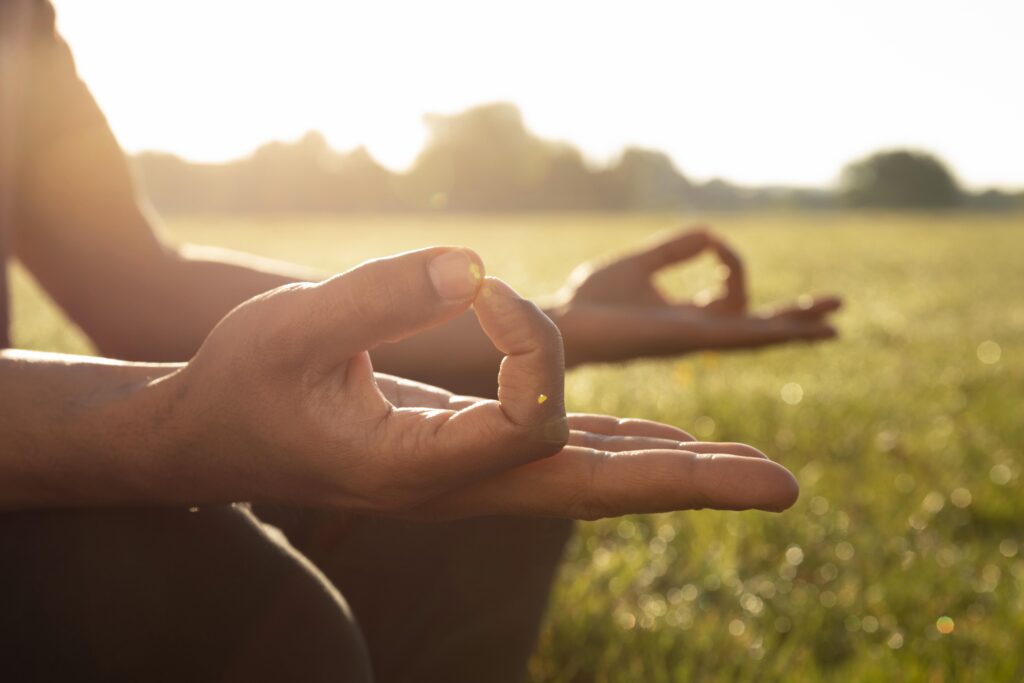
Last week, we explored stories of resilience and hope, which underscored the importance of staying positive and determined throughout your breast cancer treatment journey. This week, we’ll focus on practical tools to help you manage the stress and emotions that often accompany treatment—specifically, the transformative practice of mindfulness. Mindfulness is the art of being fully present in the moment, and aware of your thoughts, emotions, and surroundings without judgment. It’s not about pushing away negative feelings but about learning to coexist with them in a way that reduces their power over you. Research from the Mayo Clinic has shown that mindfulness can significantly reduce stress, enhance mood, and improve overall well-being. For anyone undergoing the physical and emotional challenges of cancer treatment, mindfulness can serve as a grounding and empowering practice. Benefits of Mindfulness During Treatment Cancer treatment often brings uncertainty and stress, making it easy to feel overwhelmed. Mindfulness can help by providing a sense of control in the midst of chaos. By focusing on the present moment, mindfulness encourages you to take things one step at a time, rather than worrying about what lies ahead. This shift in perspective can reduce anxiety, improve sleep, and even help manage pain. Moreover, mindfulness has been shown to positively impact emotional health by fostering greater self-compassion. Instead of being hard on yourself for moments of vulnerability or fear, mindfulness helps you accept these feelings as part of your journey, allowing you to move through them with kindness and understanding. Simple Mindfulness Practices to Try Deep Breathing ExercisesOne of the easiest ways to practice mindfulness is through deep breathing. Find a quiet, comfortable space and sit in a relaxed position. Close your eyes and take a slow, deep breath in through your nose, hold it for a few seconds, and then exhale slowly through your mouth. Focus on the sensation of your breath as it moves through your body. Repeat this process for a few minutes, allowing your mind to settle and your body to relax. Deep breathing not only calms the mind but also lowers your heart rate and reduces tension in the body. Mindful Meditation Set aside five to ten minutes each day for meditation. Start by sitting quietly and focusing on your breath. You can also use a mantra or affirmation, such as “peace” or “strength,” to anchor your thoughts. It’s natural for your mind to wander—when it does, gently bring your focus back to your breath or mantra. Over time, this practice can help you become more aware of your emotions and thought patterns, making it easier to manage stress and negative feelings. Body Scan MeditationThis technique helps you connect with your body and release physical tension. Lie down in a comfortable position and close your eyes. Starting at your toes, slowly bring your attention to each part of your body, moving upward to your head. Notice any sensations or areas of tension without judgment, and imagine releasing that tension with each exhale. A body scan can be particularly helpful before bed to promote relaxation and restful sleep. Mindful ActivitiesEveryday activities, such as eating, walking, or even folding laundry, can become opportunities for mindfulness. Focus entirely on the activity at hand, paying attention to the sensations, movements, and sounds involved. For example, when eating, savor each bite—notice the flavors, textures, and aromas. These simple practices help bring mindfulness into your daily routine. Accessing Mindfulness Resources Many cancer centers, including MD Anderson, offer mindfulness resources tailored to patients. These may include guided meditation sessions, yoga classes, or support groups focused on incorporating mindfulness into your life. Online platforms and apps like Headspace, Calm, and Insight Timer also provide accessible mindfulness exercises you can practice anytime, anywhere. Making Mindfulness a Habit Integrating mindfulness into your daily routine doesn’t require a significant time commitment. Start small—just a few minutes each day—and gradually increase as you feel comfortable. The key is consistency. Over time, mindfulness can become a natural part of how you navigate life’s challenges, providing you with a steady sense of calm and resilience. As we move into the next month, we’ll focus on the role of your radiation therapist in supporting you throughout your treatment. Building a strong, trusting relationship with your therapist can enhance your overall experience, making your sessions more comfortable and reassuring. Mindfulness, combined with the care of your medical team, creates a powerful foundation for your physical and emotional well-being.
Are We Quick to Judge?
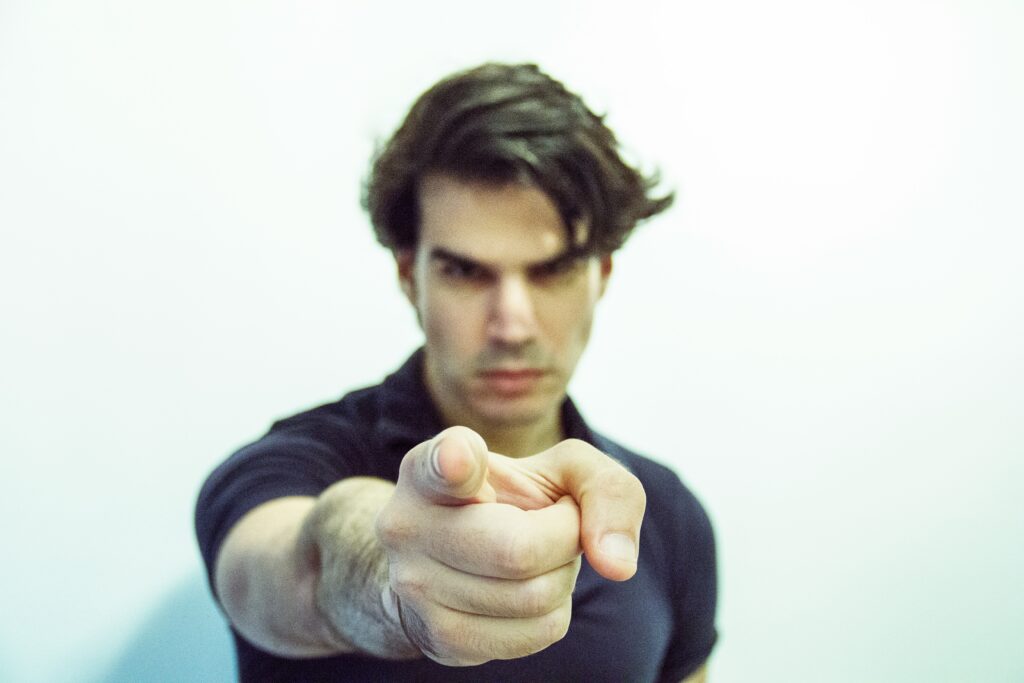
What do we do when someone who is sick decides to hide her diagnosis from everyone around her? When my friend was diagnosed with a late stage of a rare cancer, we all noticed her behavior changed. She changed from a social butterfly to an isolated individual from her closest friends and loved ones. Not only did her new behavior make things more challenging for herself by leaving her with little support, but it also denied her family members—who had become her caregivers—the support they needed. Most of the time, she was in good spirits and acted as if life was normal. However, on bad days, pain and fatigue drained her energy. She is an intelligent person with more knowledge about the medical field than the average person. She had always followed a healthy diet, exercised regularly, and supplemented her body with herbs and a holistic lifestyle. She was probably more shocked than anyone by her diagnosis! Why was she hiding her experience from others? What was going through her mind? This behavior continued for months after her diagnosis. No one could call or visit her. She refused all contact. Only her primary caregivers were allowed to help her with treatments and doctor appointments. Caring for a loved one who is sick is not an easy task. It comes with a flood of emotions and guilt. Watching her deteriorate took a toll on her children. They decided to share her diagnosis with close family members, such as cousins and aunts/uncles, under the condition that no one contact her directly. Instead, they would receive updates about her progress to ease their worry and sadness. This act of sharing provided much-needed support for her children. Even if it was just phone calls, they felt loved and cared for. They began having honest conversations with their mom. Without overwhelming her with the prognosis, they expressed their concerns about how the disease was progressing despite treatments. They spent quality time with her, showing their true love and care. Weeks later, my friend found the courage to call some of her best friends. She talked for hours, explaining her situation in the positive light she chose to see. She later told her daughters that talking about her illness helped her return to reality and confront the harsh truth. She had created a bubble for herself to stay calm and collected. The thought of dying scared her. She knew she might not beat this monster, but she was trying to live as normally as possible by continuing her routine. We can all judge her behavior endlessly. But the fact remains: it is her right to choose how she wants to cope with her disease. This is a journey that no one can walk for her, and she knows it. A journey where she rethinks every experience, questions her lifestyle, feels guilt for roads not taken, and seeks forgiveness. She is going through so much on her own; who are we to expect more from her? Why can’t we let her be in these final moments of her life? Most likely, her worries are far greater than whether others know about her diagnosis. Let’s give her the space and respect she deserves. She has already lost her independence and privacy. What more could we demand of her? Let’s show her love and compassion by abiding by her rules. Maybe ask her: What can we do to ease her burden on this journey? If she doesn’t seek companionship, what else might bring her joy? The next time you hear about someone’s diagnosis, put yourself in their shoes. Ask yourself: If this were me, how would I react? The next time you hear about someone’s diagnosis, put yourself in their shoes. Ask yourself: If this were me, how would I react? Namaste, Shab
8 Surprising Strategies for Phone Freedom

Reducing screen time on phones presents a considerable challenge due to their design to captivate attention and stimulate dopamine responses. Acknowledging this difficulty is crucial, as it entails more than mere willpower but rather a complex interaction with technology. Recognizing the desire to spend less time on phones is a positive step, indicating a readiness to change and improve habits. Instead of solely focusing on restriction, it’s beneficial to identify personal motivations or “whys” behind wanting to reduce screen time, such as being more present in relationships or achieving professional goals. Practical strategies like enabling grayscale mode, silencing notifications, or physically distancing oneself from the phone can reduce its allure. These methods disrupt habitual behaviors and diminish the immediate gratification phone use is associated with. Intentionally organizing apps or removing social media apps entirely can limit distractions and promote mindfulness. Experimenting with using a secondary “dumb phone” provides a gradual transition away from smartphone dependence, fostering a healthier relationship with technology. Understanding the impact of excessive phone use on mental health is crucial. Social media, in particular, can contribute to anxiety, comparison, and depression for some individuals. Therefore, selectively removing social media apps from phones or restricting their usage to computer platforms can mitigate these negative effects. Balancing the benefits and drawbacks of smartphone usage is essential; while phones offer convenience and connectivity, over-reliance can lead to imbalance and interpersonal issues.
Get Ahead of the Curve! Early Screening for Colorectal Cancer
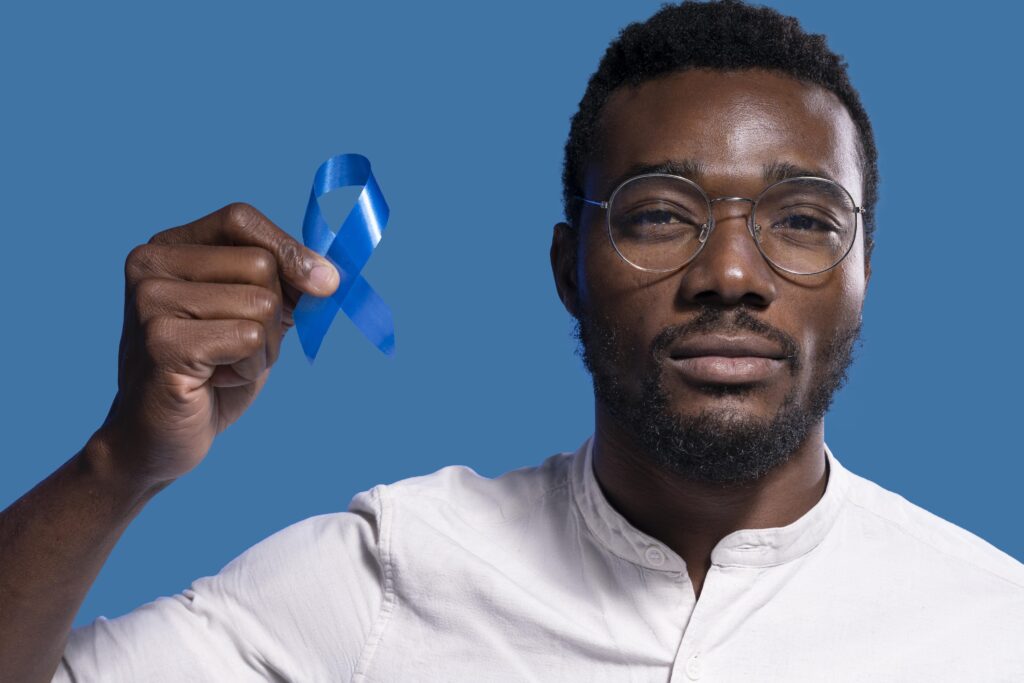
Colorectal cancer rates have been steadily increasing among young people in the United States, with cases in individuals aged 55 and under rising from 11% in 1995 to 20% in 2019. Notably, colorectal cancer has become the leading cause of cancer death in men under 50 and the second leading cause in women under 50. Despite this trend, current guidelines from the Centers for Disease Control and Prevention recommend screening only for adults aged 45 to 75, primarily through colonoscopy, considered the “gold standard” for detection. However, experts argue that waiting until age 45 for screening might be too late for many individuals, especially those with certain symptoms or risk factors. Symptoms such as blood in the stool, persistent bowel changes, sudden abdominal pain, unexplained weight loss, or a family history of colorectal cancer should prompt earlier screening. For individuals with a family history, particularly if a first-degree relative was diagnosed before age 50, screening should start at least a decade before the age of the affected family member. Other risk factors that warrant earlier screening include inflammatory bowel disease, iron deficiency anemia (especially in men), personal history of colorectal cancer, or certain genetic mutations associated with cancer. These conditions increase the likelihood of developing colorectal cancer and necessitate proactive screening measures. Colonoscopies can detect and remove precancerous polyps, significantly reducing the risk of developing colorectal cancer. While colonoscopies are considered the most effective screening method, alternatives such as fecal tests and CT scans are available for individuals who are hesitant about or unable to undergo a colonoscopy. However, adherence to screening guidelines remains crucial, as early detection significantly improves outcomes. Despite the availability of screening options, a considerable portion of the population remains unscreened, highlighting the importance of raising awareness and promoting proactive healthcare practices. The rise in colorectal cancer rates among young people underscores the urgency of taking personal and family health history seriously. While experiencing symptoms outlined above doesn’t necessarily indicate colorectal cancer, they warrant medical evaluation, including consideration of a colonoscopy. Maintaining vigilance over one’s health and advocating for appropriate screening can lead to early detection, prevention, and potentially life-saving interventions.
Secrets from the Serving Side

In today’s dining scene, there has been a noticeable shift from rigid etiquette norms towards a more relaxed atmosphere, allowing for a more enjoyable dining experience. Insights from a former restaurant worker and a seasoned waitress shed light on this evolving dynamic. Despite the decline in fine dining establishments, certain guidelines remain essential for ensuring a smooth and pleasant dining experience for patrons and staff. Phone usage is a significant aspect of modern dining etiquette. While using phones is acceptable, excessive usage can impede communication and detract from the dining experience. Furthermore, excessive photo-taking can disrupt service and compromise food quality, particularly in upscale restaurants. Advising against such behavior helps maintain the ambiance and ensures a pleasant experience for all diners. Consideration of the workload of the staff is essential when placing orders. Patrons should refrain from excessive demands for samples or substitutions, as these can strain servers and disrupt the dining flow. Understanding the limitations of the “customer is always right” mentality is crucial, as respecting the establishment’s policies ensures a harmonious dining experience for all parties involved. Settling the bill should be done thoughtfully, accounting for the staff’s workload. Simplifying the payment process by avoiding splitting the bill with multiple cards is advisable, especially during peak hours. By communicating preferences early on and being mindful of the staff’s efforts, patrons can contribute to a smooth and efficient dining experience. Overall, adherence to these guidelines fosters a pleasant dining environment, promoting enjoyment for both patrons and staff without the need for specific names.

